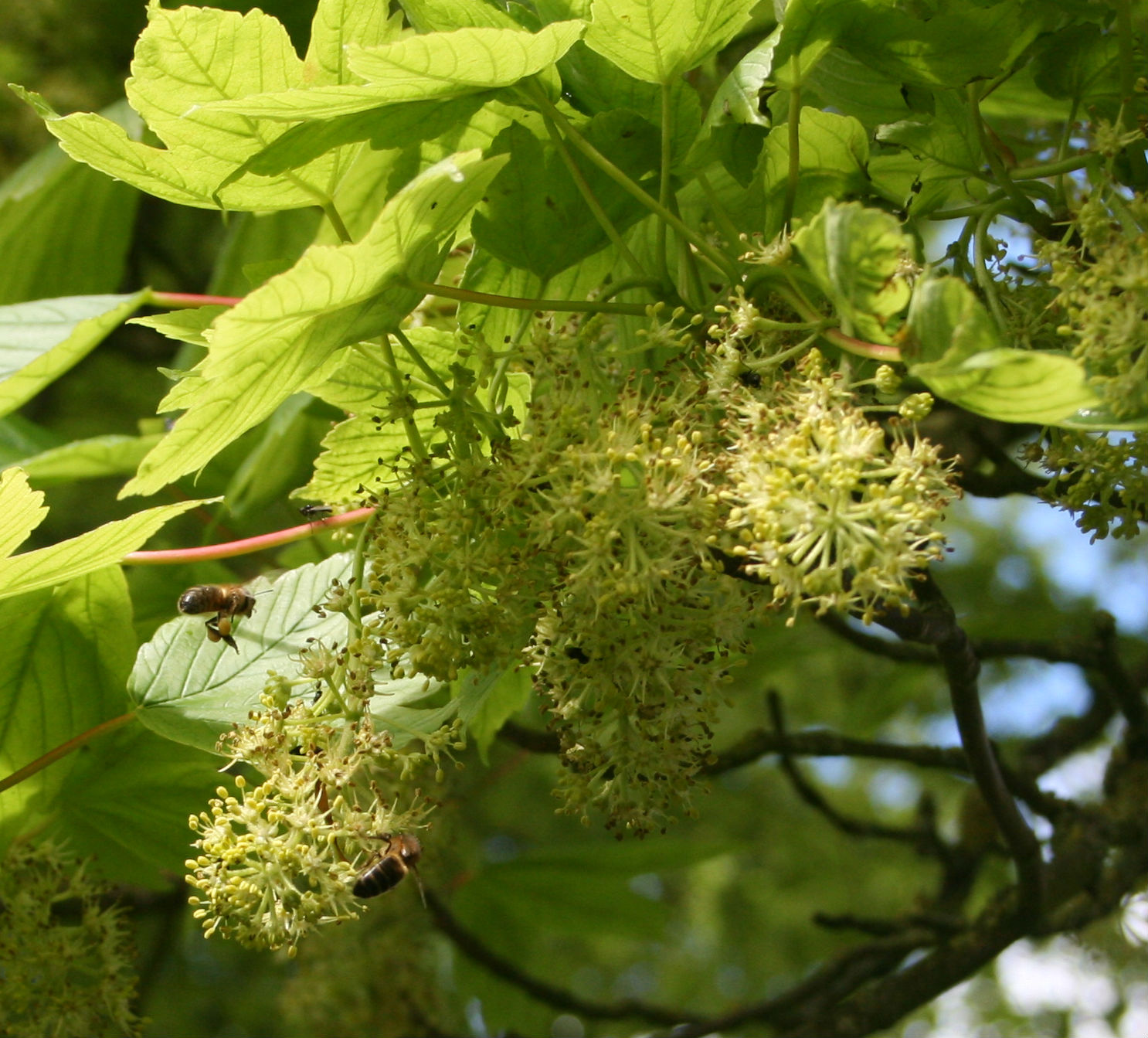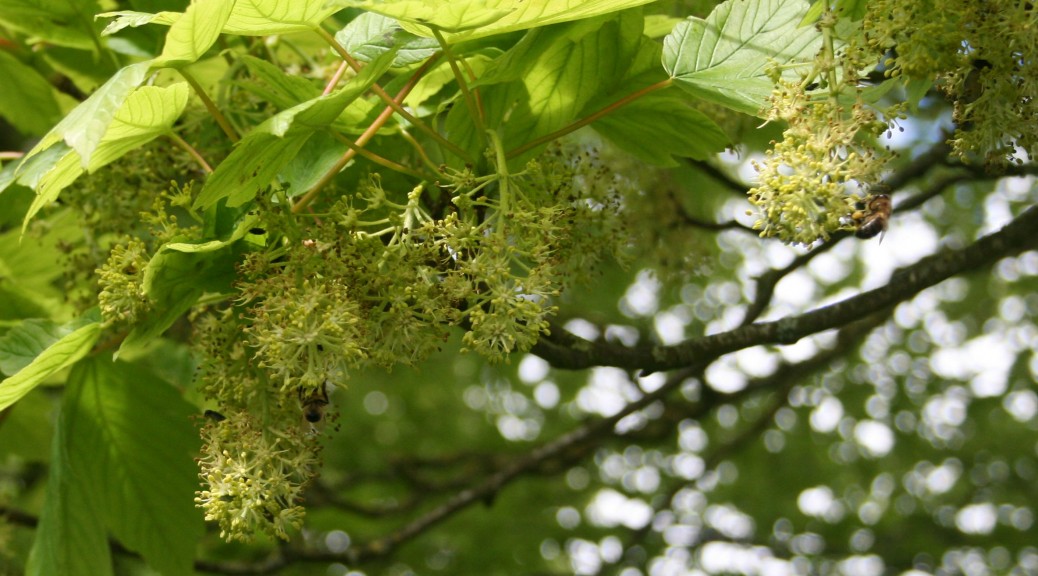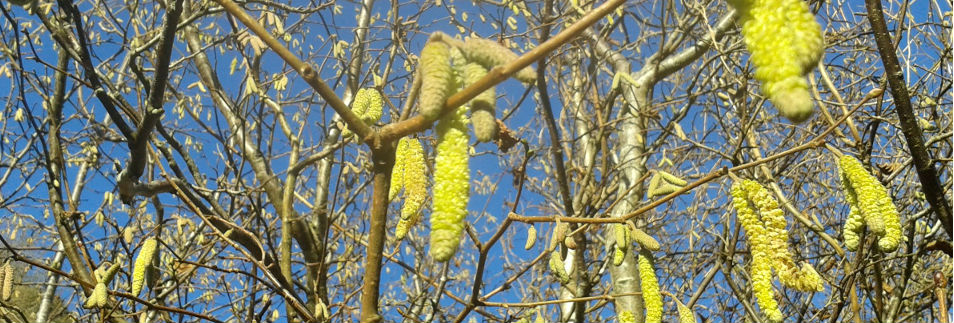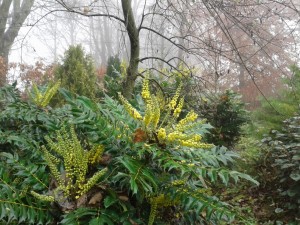Although all wasps seem to look alike there are actually 6 species of social wasp in Ireland. First the Vespulae – these are the ones that cause most nuisance and particularly the first two blaggards:
- Vespula vulgaris (Common Wasp);
- V.germanica (German or European Wasp);
- V.rufa (Red Wasp);
- V. austriaca (Cuckoo Wasp). V.austriaca is known as the Cuckoo wasp because it is an obligate parasite of V.rufa!
Then there are the ‘long cheeked’ wasps – Dolichovespulae:
- Dolichovespula sylvestris (Tree wasp)
- D. norvegica (Norwegian wasp)
The most numerous are the Common and German wasps and they are very similar to look at. To decide which is which you have to look them in the eye and examine their facial features. The Common wasp has an anchor shaped black patch on the front of its face while the German has an arrangement of 3 dots. Also, the black bands are wider on the Common wasp. Great photo’s here.
Both species mostly build nests underground however they will go into roof spaces but this habit is more often seen in the Common wasp. During the course of the year they will rear between 6,500 and 10,000 workers, 1,000 queens and 1,000 males. Towards the end of the summer the old queen starts to lose her power and she goes off lay. This presents the army of workers with a problems – they have spent the summer gathering insects, chewing them up and feeding them to the larvae. In return the larvae would secrete a sugary syrup which the workers take as food. When the larvae run out the workers have to find another source of sugar and end up throwing their weight about in beer gardens and kitchens. And of course creating problems for the bees.
The other two Vespulae species are less of a problem for humans or bees because their life cycles are different to those above. The Red wasp has a similar anchor shaped black patch on its face but is easily distinguished from the others by the reddish band on the upper abdomen. It builds a much smaller nest and seldom in an urban setting. It is also very much less aggressive and is (apparently) reluctant to sting.
It is parasitised by the Cuckoo wasp, the queen of which moves into the nest as soon as the first workers are up and running. She kills the Red queen and forces the workers to look after her brood which she sets about laying in the cells built for the eggs of her predecessor. They rear only males and new queens – because they use the Red wasp workers as slaves and do not need their own workers. Isn’t that awful?
The other two also build much smaller nests and although the Tree wasp can be very aggressive they seldom cause problems like the first two. The Tree wasp tends to suspend its relatively small nest from trees and shrubs but it will also nest in relatively small cavities. The Norwegian wasp also builds a small nest in trees or shrubs often quite close to the ground.
The colonies of all of the above species break up at the end of summer and only the new queens overwinter by hibernation. It’s surprising how often wasp queens can be found hibernating inside the hive roofs. In spring they wake up and begin to build their nests. They lay their eggs and they feed the brood themselves until eventually they have workers on the wing after which, the queen lays eggs exclusively and the workers tend the brood. The workers are all female and they all sting – the sting is an adapted ovipositor. The males, which emerge later in the year have no sting. Learn the difference and impress your friends. The very large wasps to be seen on the Cotoneasters early in the year are the queens.
Copyright © Beespoke.info, 2014. All Rights Reserved.







